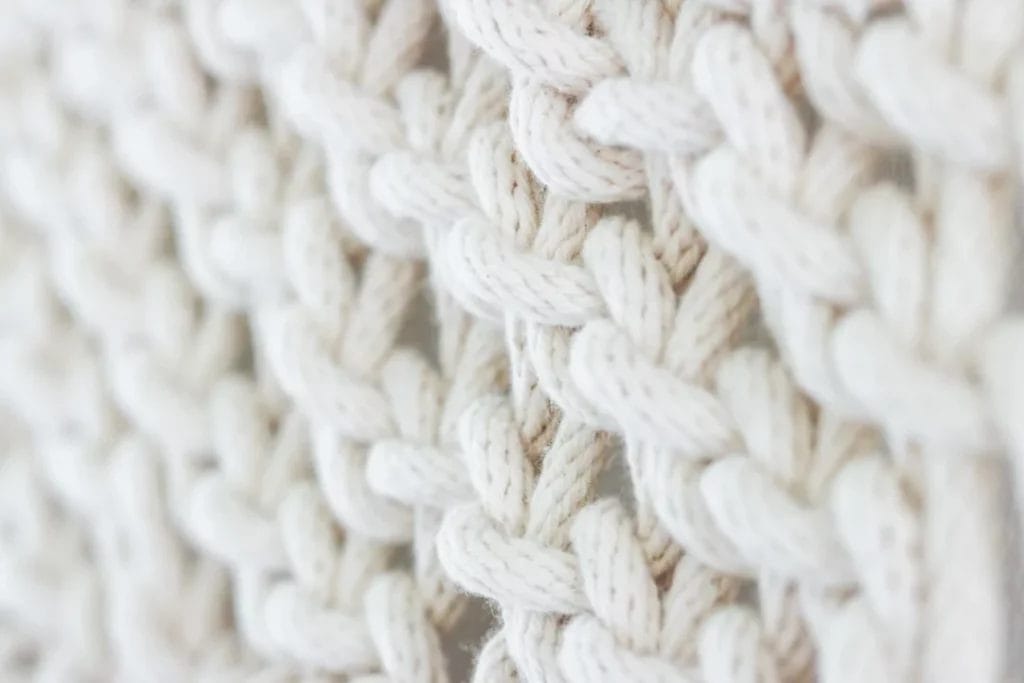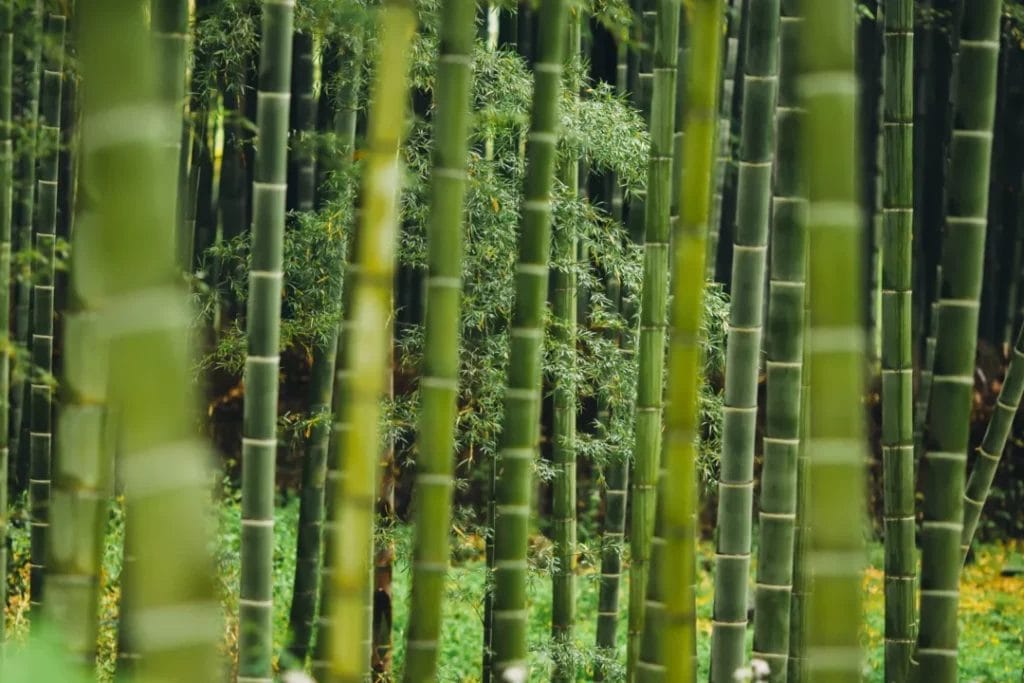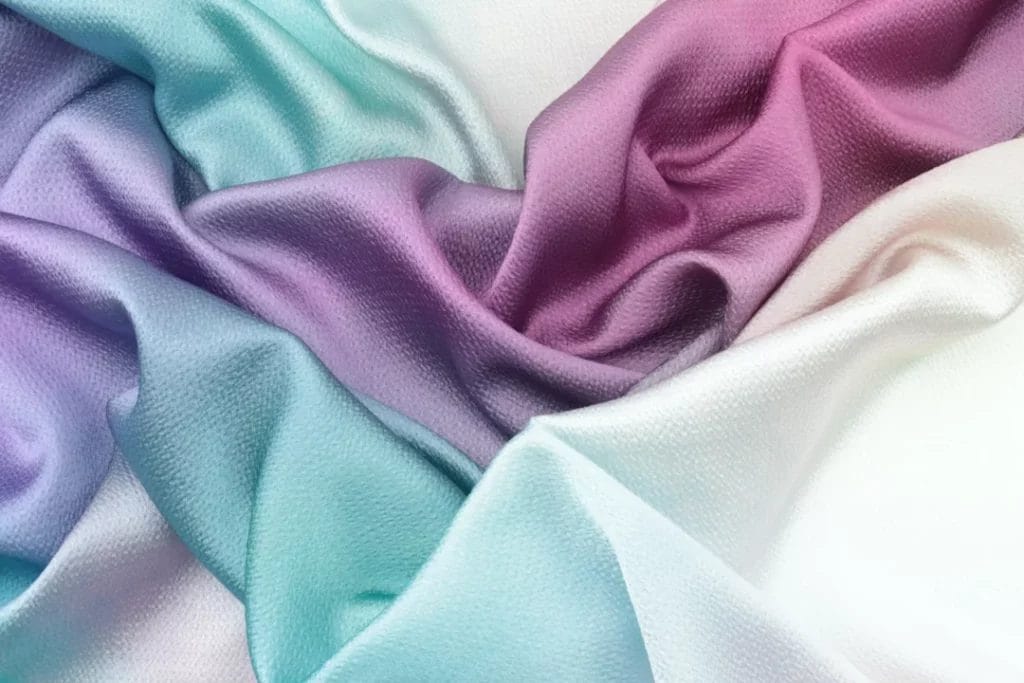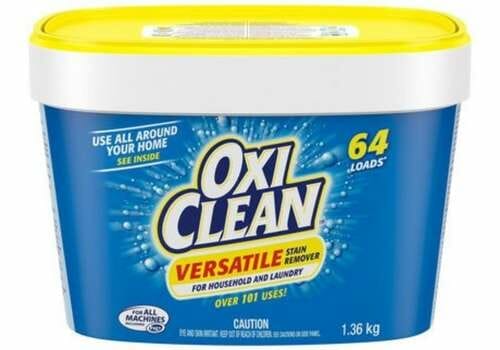7 Cotton Alternatives That Can Help To Sustain The Environment
Want to help the environment? Check out these cotton alternatives that can make a big impact.
As cotton production has a heavy impact on the environment and is becoming increasingly unsustainable, it’s important to find cotton alternatives that can help to reduce its environmental footprint. There are several cotton alternatives available, each with different benefits and drawbacks – seven of which are particularly notable.
Wool
One of these cotton alternatives is wool, with its excellent thermal resistance properties and ability to retain warmth even when wet, making it a great premium product for certain clothing types. Wool has long been recognized for its performance as a sustainable, eco-friendly fiber, but cotton is not far behind.
Cotton production can be more water-intensive than wool but has the potential to use fewer pesticides and fertilizers while providing a great number of jobs in countries that rely heavily on the crop. That being said, it is important to take into consideration how the fabric is treated after harvest when analyzing its environmental impact.

For example, environmentally friendly methods such as natural or biological farming practices are sometimes used to diminish the amount of pesticide and fertilizer used in cotton production and must be taken into account. Therefore, although wool may have a slight edge in sustainability due to its ability to grow with minimal input, both wool and cotton offer unique advantages when assessed holistically.
Get Your Hand on Your Eco-Friendly Living Starter Guide!
Hemp
Hemp is another cotton alternative that’s becoming increasingly popular. Not only ultra-versatile in terms of its uses (including in textile industry, food, and paper products) but also highly durable due to its strong fibers; hemp fabric is naturally bacteria resistant too – offering anti-odor protection to users.
Furthermore, hemp requires far less water, less of the world’s cultivated land, and fewer pesticides compared to cotton, making it a more environmentally friendly choice. Hemp’s resistant natural fibers make the product sturdier than cotton, which means it lasts longer and does not need to be replaced as often, thus reducing waste in the long term. In addition to being greener and more durable, hemp products are also soft and breathable, making them comfortable for everyday wear.
Recycled Or Organic Cotton Vs Conventional Cotton
The debate between recycled or organic cotton versus conventional cotton is one of the hottest topics in fashion today. Despite the clear benefits both recycled and organic cotton seems to offer in comparison to regular cotton, many people still question which option is right for them when creating clothing. Ultimately it boils down to personal preference as each type offers unique qualities that may suit individual needs better than the other.
What Is The Difference Between Organic And Inorganic Cotton Production?
The primary difference between the two lies in the way they are produced and their impact on the environment. Unlike traditional cotton, which uses synthetic and toxic pesticides during production, organic and recycled kinds of cotton are ethically sourced from either designated fields to produce fabric or recycled materials.
Organic cotton not only binds soil to prevent soil erosion but can also encourage natural regeneration and biodiversity, reducing the need for chemical inputs, water use, and even carbon emission. Likewise, recycling cotton materials helps reduce waste and pollution that is created when growing cotton fibers through traditional production processes.

Bamboo
Furthermore, bamboo fiber is being used more frequently in the midst of this ‘eco revolution’; not only grown without herbicides or pesticides but also taking a fraction of the time cotton does take to reach maturity stage – thus alluring many to use it for fashion items alike bed sheets and pillow cases.
Cotton has several advantages; it’s durable, easy to dye, and softens with each wash. Bamboo on the other hand is lightweight and breathable which makes it ideal for sleepwear or summer clothing. It is also easier to dye than cotton, making it popular for prints and designs.
Silk
Silk is an ecologically friendly fabric that is better for the environment than cotton. It requires much less water to produce than cotton, making it a sustainable and renewable choice. Silk is also biodegradable, meaning it can naturally break down at the end of its life span without leaving behind harmful chemicals or by-products that harm our planet.

Additionally, silk fabrics are heat-resistant and breathable, so they can help keep us cool during hot days and provide insulation on cold nights. Furthermore, many popular items like pillowcases and scarves are available in luxurious silk fabric. Silk may be more expensive upfront but it’s an investment worth making because the durable nature of this material will last much longer than cotton fabrics. Making the switch to silk can dramatically reduce your environmental footprint (unlike cotton) while improving your lifestyle at the same time.
Linen
Linen is a unique fabric that has been used throughout history to signify wealth and good taste. It is derived from the flax plant, making it a natural and sustainable material that can be reused again and again once the fabric has served its purpose in the home. Linen makes for luxurious sheets and towels, as well as airy summer dresses and fashionable ties.
Its anti-bacterial properties make it ideal for people with allergies or sensitive skin, and its thermal-regulating nature helps keep your body at an even temperature year-round. All in all, linen offers a range of benefits that make it a great choice for any conscious consumer looking for durable materials with plenty of styles.
Polyester
Polyester is a common synthetic material that is widely used in the production of clothing and upholstery. Many people have debated the eco-friendliness of polyester, but ultimately it depends on the production process. If traditional methods of manufacture are utilized to produce polyester then it can be pretty damaging for the environment due to its reliance on non-renewable sources as well as toxic chemicals.
On the other hand, if recycled PET bottles are used to create polyester fiber then it becomes an environmentally friendly option. The same applies to polyester fabric made from biodegradable plant fibers, such as flax or soybean. Overall, polyester has many potential benefits when manufactured with sustainability in mind.
These are just seven sustainable alternatives helping people make more sustainable fabric choices that exist amongst other resourceful options.






